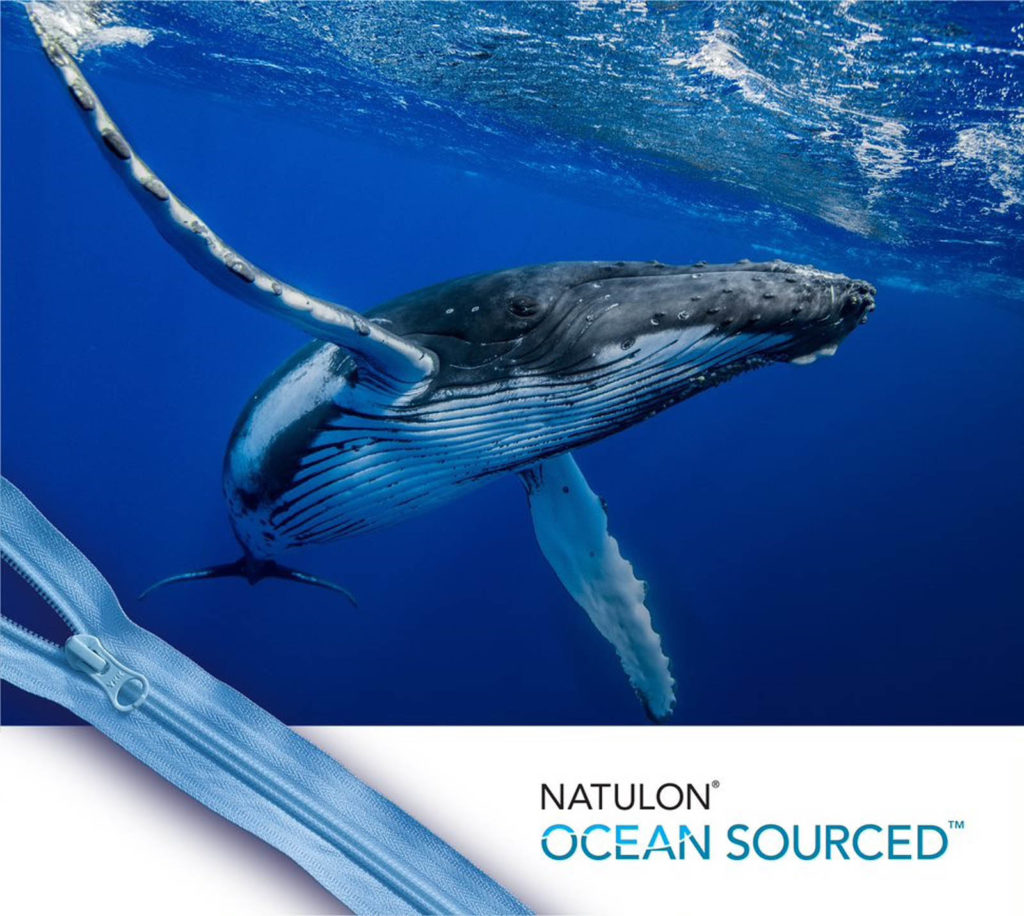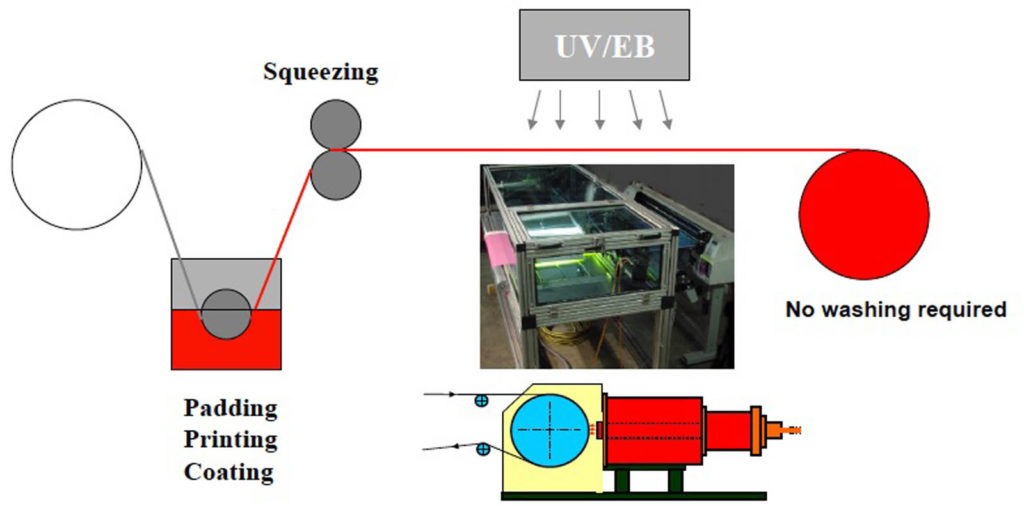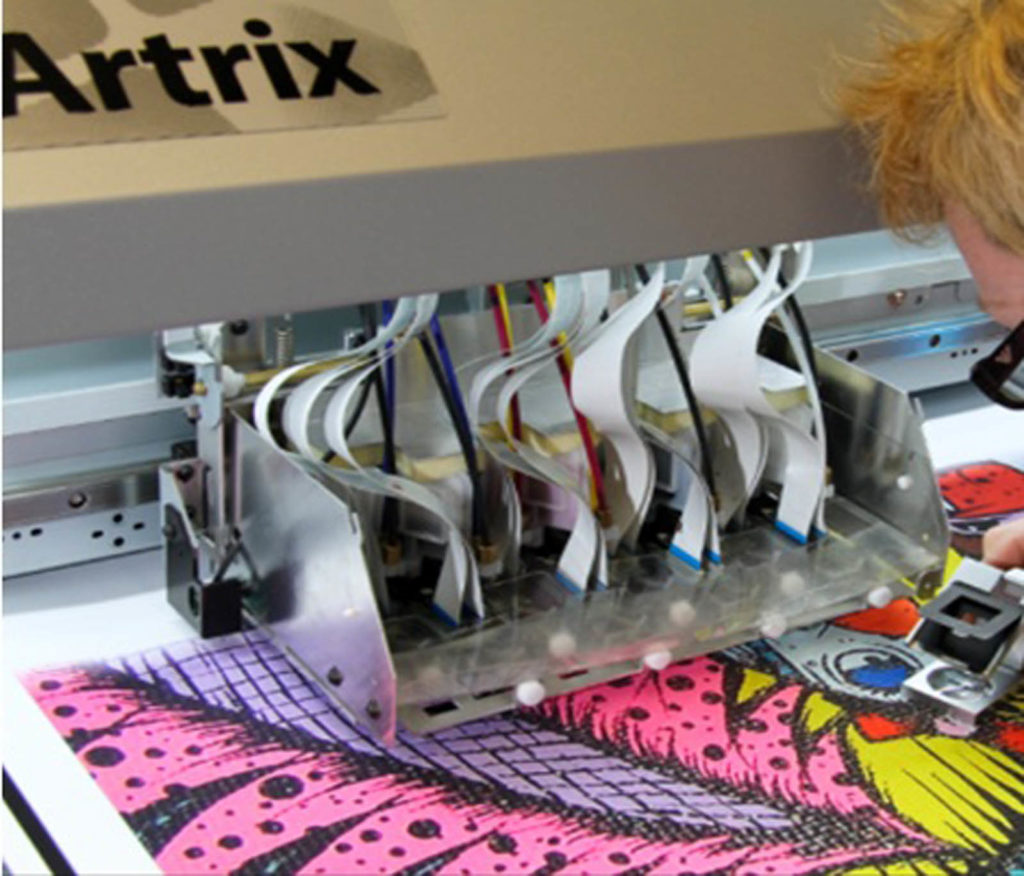
IFAI Expo participants demonstrate the various routes to a shared goal.
by Marie O’Mahony
Social and environmental impacts have made their mark amongst this year’s exhibitors and presenters at IFAI Virtual Expo 2020. In North America, President-elect Joe Biden has already shown his concern with these issues so that the new administration is expected to announce measures to address both when he takes office on January 20th.
Digitization is creating greater accountability so that smart companies are now taking steps to put measurable policies and actions in place. Evidence from exhibitors and presentations at Expo show that there is no single route to achieving circularity. With examples from fibers to composites, the most striking commonality is the opportunity that circularity presents for innovation that is closely aligned with consumer engagement.
As Ed van Hinte, author of Designing Lightness pointed out in his interview that in order to achieve circularity we need to work towards cultivating maximum value while using the minimum amount of mass. “The cultivation of value is preferable over merely adding value, because it combines sustainability with the notion of time,” he said.
While new materials may begin in laboratory conditions they do not remain there. Taking account of how a material is used, its context is challenging even for today, which is a relatively known entity, but anticipating what those metrics will be tomorrow and planning for them is an even greater task. “You need developments in materials, but a material without context is useless,” Van Hinte said.
Yet it is also an opportunity for greater consumer as well as worker engagement at an earlier stage in the development process. To do this industry needs to adopt a broader and less literal understanding of what we look for in innovation. Central to this is looking beyond the physical material.
The energy route
Energy offers one route to finding environmental and financial efficiencies. Exhibiting at Expo, scientists from the Deutsche Institute für Textil- und Faserforschung Denkendorf (DITF) showed how it is possible to bring the need for all three efficiencies together in guiding research towards commercialization. Thomas Stegmaier in his presentation “Testing and standards integral to timely product development,” explained DITF’s development of a recycled carbon fiber that offers savings for the environment as well as the balance sheet.
A very different example was provided by his colleague Reinhold Schneider in a presentation titled “Advances in UV-technology for use in the field of textile dyeing, finishing, coating and composite materials.” The UV-curing technology uses a photo-initiator that generates radicals when exposed to UV-light. The UV-curable binder is made up of at least one double bond for chemical reaction with radicals and the subsequent polymerisation.
Additional ingredients can be added to the process, such as colour pigments for dyeing and inkjet printing, as well as FR and water-repellent coatings. In the composites industry the technology offers a saving of up to 80 percent less energy compared with conventional processes, and in taking less time to cure valuable time is saved. And that increases productivity.

Benefiting all
Japanese manufacturers, The YKK Group, holds a “Cycle of Goodness” philosophy, which says, “No one prospers without rendering benefit to others.” YKK has developed a new product, Natulon, a collection of zippers made from ocean-sourced plastic waste collected within a 50km radius of the Sri Lanka coastline. Using chemical recycling, both the zipper and slider mechanism are made from recycled materials with no metal components, making further recycling possible.
Elsewhere in the company, in October of this year it launched the YKK Solutions Group. Designed to offer a consultancy service to clients on ways that they might achieve production, material and, by extension, cost savings for their products. This extends from new product development to process improvement, assembly service and custom machinery, and it is based on YKK’s own experience of integrated production.
In one case study they point to a tactical product manufacturer that had been using up to six different processes in a single step. After meeting with the company, they proposed two YKK SEW200 machines that could reduce the process to just one. The first machine is used to attach the fabric panel to the zipper with a concealed seam, then the second machine automatically sews the top stitch. The result was forty hours of work being reduced to just four with a 90 percent labour reduction. This paid it possible to redeploy workers elsewhere in the factory.

Optimizing with digital technologies
Coats is best known as an industrial thread manufacturer, but its products also include yarns, zippers, trims and now Coats Digital. The U.K.-based company has set out to help clients optimize the digital technologies available to develop product, sourcing, capacity planning and the order execution lifecycle.
Coats see the current apparel industry model as too often overly reliant on manual processes. Looking beyond the supply chain, their vision is a digitization that is more consumer-centric, as well as driving internal and cross-company collaboration and a deeper immersion in the whole manufacturing process. They are offering both brand and manufacturing solutions designed to address specific aspects of each of these activities.
The European Union (EU) aims to become the first carbon-neutral continent by 2050, with the European Commission proposing to raise the EU’s carbon emissions target to at least 55 percent by 2030. Some companies are waiting to see if the European target will be approved at the EU summit on December 10-11, or to see what the Biden administration will prioritize when it takes office. Many, however, have already started to ready themselves for circularity as the question is not whether, but when it will come.
Marie O’Mahony is an industry consultant, author and academic. She the author of several books on advanced and smart textiles published by Thames and Hudson and Visiting Professor at the Royal College of Art (RCA), London.
 TEXTILES.ORG
TEXTILES.ORG


